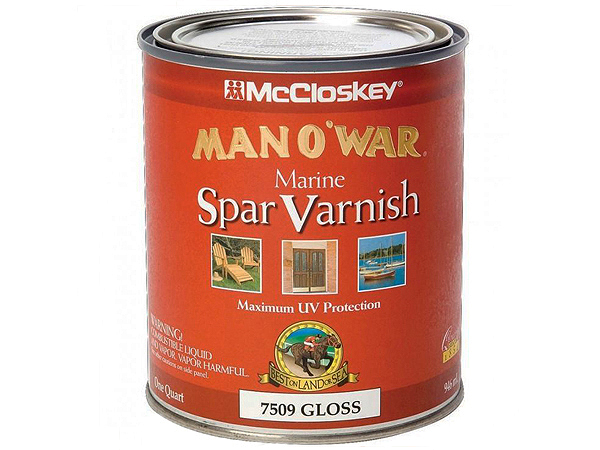
I’ve built several items using padauk and bloodwood, both of which produce nice contrasts to lighter woods. I’ve finished them using Bartley’s gel varnish, with nice results. But several months down the road, the padauk and bloodwood begin to lose their original color and assume a brownish cast. I’ve been told this is caused by UV rays and is unavoidable, unless I use a spar varnish. I don’t want the “plastic” finish produced by spar varnishes (even the satin ones). Is there anything else I can use to help these woods maintain their color?
Michael Dresdner: About half of what you have been told is correct. UV rays are indeed responsible for altering the color of those two woods (as they do many other woods), but spar varnish won’t necessarily prevent that. Coatings that contain UV absorbers or blockers can inhibit, but not prevent, this fading, helping the color to last longer. However, in the end, the sun always wins. Some spar varnishes and some exterior urethanes contain these UV inhibitors, but not all of them do. And those that do, contain varying amounts … depending on the whim of the formulator and the perceived need for the finish. You could choose an exterior coating that advertises UV absorbers, and it is likely to help prolong the inevitable color fading.
As for the comment about spar varnish being a “plastic” finish, I must admit to being somewhat baffled by that. True spar varnish is a mixture of tung oil and phenolic resin, both naturally occurring ingredients. By contrast, synthetic varnishes, such as the Bartley gel you are currently using, are the ones that most frequently come under fire as “plastic.” In the coatings industry, the term plastic simply means flexible, but clearly you are using it in another capacity.
Most commonly, people call finishes “plastic looking” when they are applied very thickly. That thick application leaves a sizeable film atop the wood, and hence the pejorative description. However, any oil-based finish (including spar varnish) can be applied as thin or as thick as you choose. A thin, scrubbed on/wiped off finish done with spar varnish will look as natural and “woody” as freshly cut wood. I have two Adirondack chairs in my living room done that way that prove it.
Nevertheless, I will warn you that the amount of UV protection a finish with absorbers in it will provide is relative to the thickness of the finish. The more finish (hence, the more absorbers), the better the protection. Thin finishes may look more to your liking, but will protect less.
If you really insist on a very thin finish, and want UV protection to boot, consider applying Armor All to the surface after finishing. You will have to re-apply this convenient, wipe-on auto protectant frequently (usually every two or three months), but it will delay the onset of fading, at least a bit. You can find Armor All at any auto supply store. Before you ask: No, it is not a substitute for finish, but can be applied atop the finish as a UV inhibitor.





